
Surface Finishing Services
Surface finishes are typically used to improve corrosion resistance, durability, and part appearance.
Popular finishes include powder coating, anodizing, black oxide, and plating.
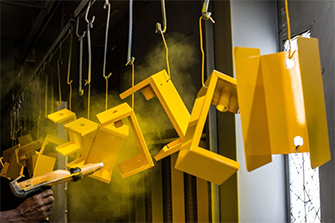



Powder Coating
Anodizing
Vibratory Polishing
Abrasive Blasting
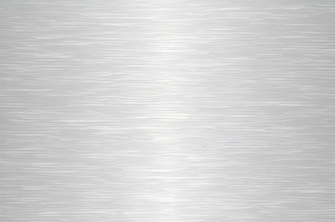
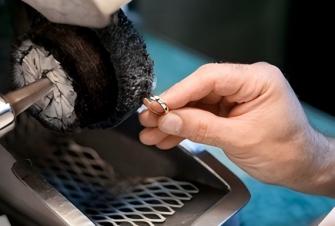
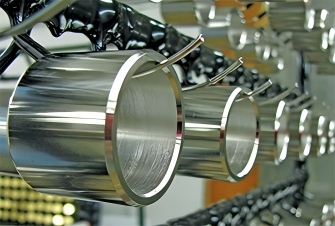
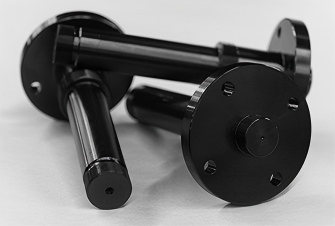
Brushing
Buff Polishing
Plating
Black Oxide

Powder coating is a finishing process that fuses a dry powder to a metal surface. This finish looks similar to paint but offers high quality, abrasion-resistance which is tougher than conventional liquid paint.
Since the invention of the powder coating process in 1945, the demand for powder coating services in the manufacturing industry has increased. Professional businesses utilize finishing services to coat metal parts in various textures including gloss, matte, textured, and metallic to provide parts with a uniform appearance, and added rust prevention. Commercial powder coating companies offer quality powder coating services in various powder colors to customize any design. These colors include purple, pink, green, blue, orange, red, brown, tan, yellow and others. Not only is powder coat finishing cost effective, but the resulting custom products are easy to care for since they are resistant to corrosion, scratching, chipping, and splintering.
Powder Coat Colors
Most powder coat colors are available also in gloss, matte, metallic, and textured finishes.
Orange
Red
Purple
Orange powder coat colors are light, slightly yellow shades or deeper and richer hues that are closer to red on the color spectrum.
Red powder coatings range from a bright red gloss finish comparable to a fire hydrant to a richer and darker burgundy-like red matte finish.
Purple powder coatings contain hues between red and blue. A purple matte finish is a lighter shade in comparison to the deeper purple textured finish.
Pink
Green
Blue
Pink powder coatings vary in shades from medium light to very light. The pink matte finish is softer compared to the vibrant pink metallic finish.
Green powder coat colors range from darker shades of emerald green including matte and metallic to a lighter green textured color, similar to a strong shade of yellow/green.
Blue powder coat colors are available in deep and intense blue metallic and gloss hues, as well as blue matte and blue textured colors.
Brown
Tan
Yellow
Brown powder coatings range from a rich deep brown gloss color to a lighter brown matte color, which contains red and yellow undertones.
A tan powder coat is a paler tone of brown. Tan metallic has a brow-yellow undertone compared to tan matte, which has a yellow-green undertone.
Metallic and gloss yellow powder coat finishes have a shiny green undertone compared to the yellow matte and yellow textured finish, which have a brighter yellow hue.
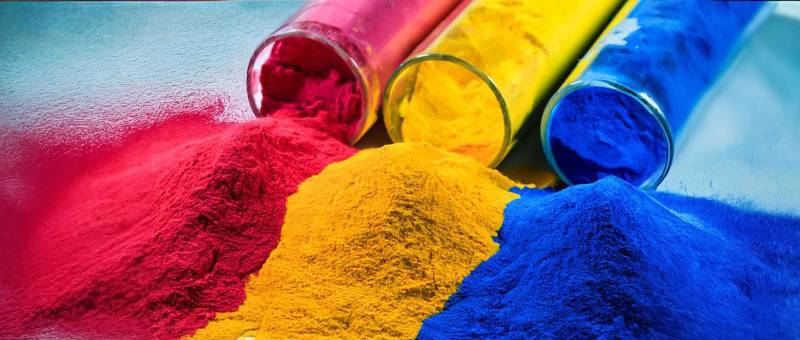

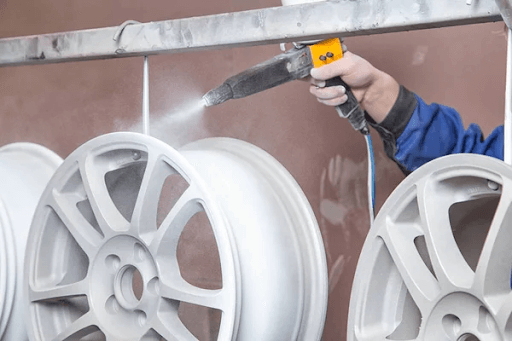
The process of a quality powder coating service is as follows:
1. The surface of a part is prepared by removing any foreign matter. This cleaning process can be accomplished by washing, abrasive blasting and other methods.
2. The powder is sprayed onto the part using an electrostatic spray gun. The gun charges the powder so that it gets attracted to the surface.
3. After blasting the part, the coated part is then placed in an oven for curing. The high temperatures from the oven melt the powder onto the surface of the part.
4. Finally the part is cooled and inspected.
Unlike other surface finishing services, powder coating is environmentally friendly, economical and does not produce volatile organic compounds in the air.

Anodizing protects metal by increasing the thickness of its surface oxide layer. When a coating less than 0.001” is produced, it is called standard or Type II anodizing. When coatings thicker than 0.001” are produced, it is called hardcoat or Type III anodizing. Anodizing is often used to color parts, improve durability and enhance corrosion resistance. It also provides better adhesion of lubricants to raw metal and reduces galling of threaded components. Anodizing is typically applied to aluminum, but can also be applied to other metals and dyed to almost any color.
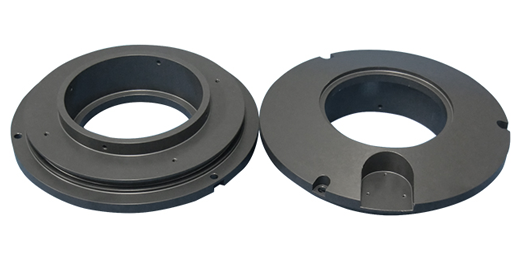 How Anodizing Works
How Anodizing Works
Anodizing works by electrolytic passivation, a process where the part being coated serves as the anode of an electrolytic cell. When this cell is electrically charged with DC current, oxygen is created on the surface of the anode, which then reacts with the part to form an oxide layer. Anodizing is commonly performed in a sulfuric acid solution.
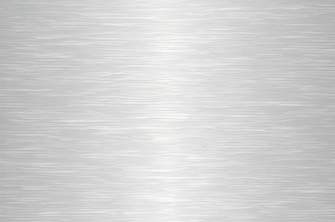 What is Brushing?
What is Brushing?Brushing is used to deburr and remove surface defects from sheet metal parts. The surface pattern created is a uniform parallel grain resulting from the brush moving against the workpiece in one direction. Brushed parts will have slightly rounded edges on sides not parallel to the brushing direction.
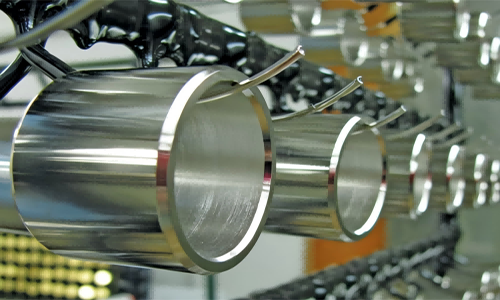 What is Plating?
What is Plating?
Plating is a process where a conductive surface is covered with a thin layer of metal. Due to how thin it is, plating does not substantially hide or smooth surface imperfections. Plating is commonly used to prevent corrosion, increase durability, alter surface friction, and improve appearance.
Our company utilizes electroplating and electroless plating. The main difference between the two is that electroless plating does not require an external power source because it produces a negative charge on the surface of a part through a chemical reaction. Many metals can be used for plating, including copper, nickel, and zinc.
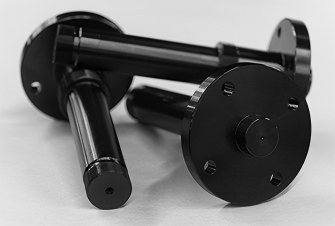 What is Black Oxide Coating?
What is Black Oxide Coating?
Black oxide, sometimes referred to as blackening, is a low-cost finishing method for adding corrosion resistance, reducing reflection, and enhancing the appearance of parts. Black oxide conversion coatings are created by submerging ferrous parts in a hot alkaline aqueous salt solution bath. Once immersed, a chemical reaction is created on the surface of the parts, which results in a magnetite coating. As a final step, an after-finish of oil, wax, or lacquer is applied for added corrosion resistance.